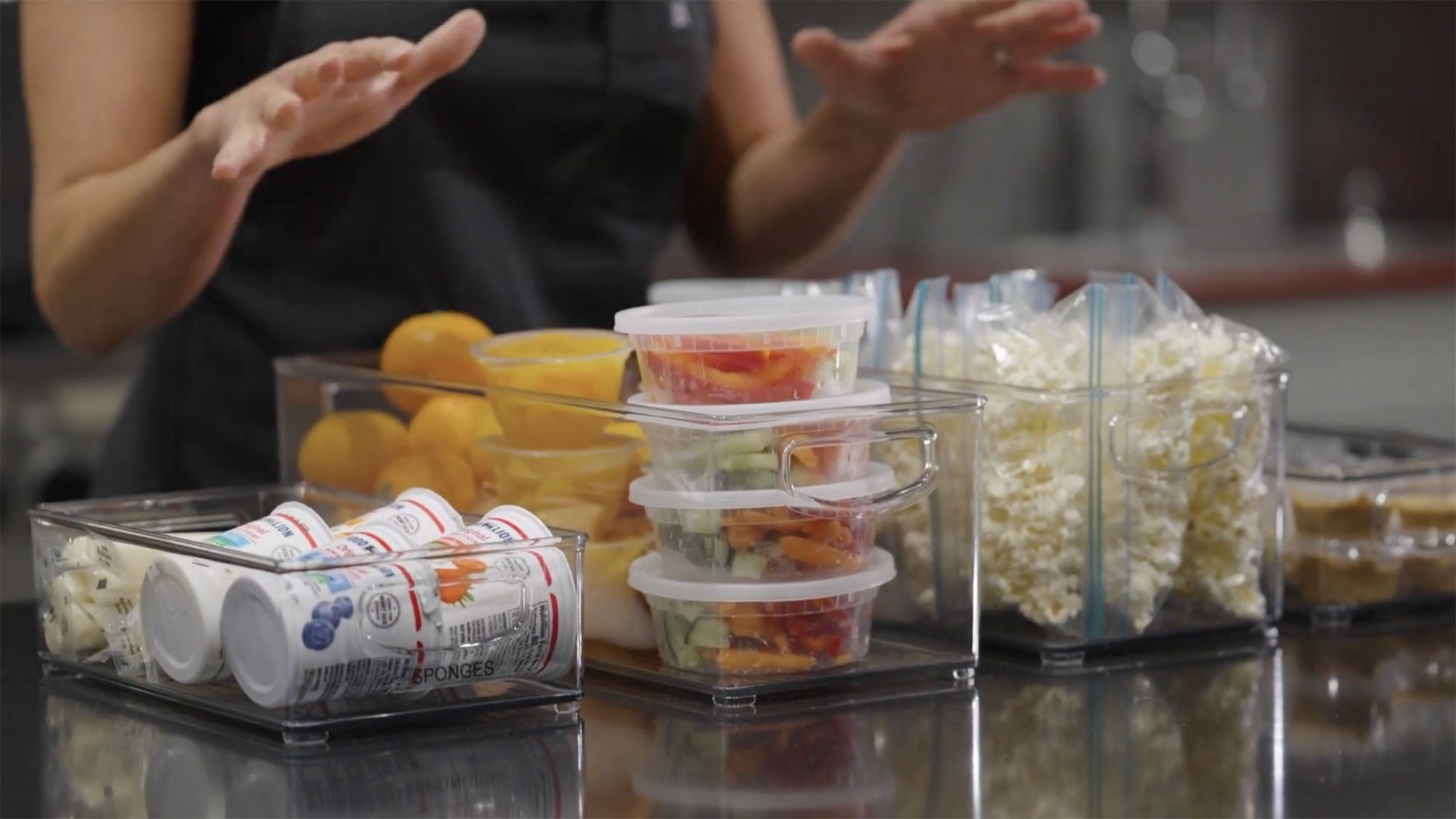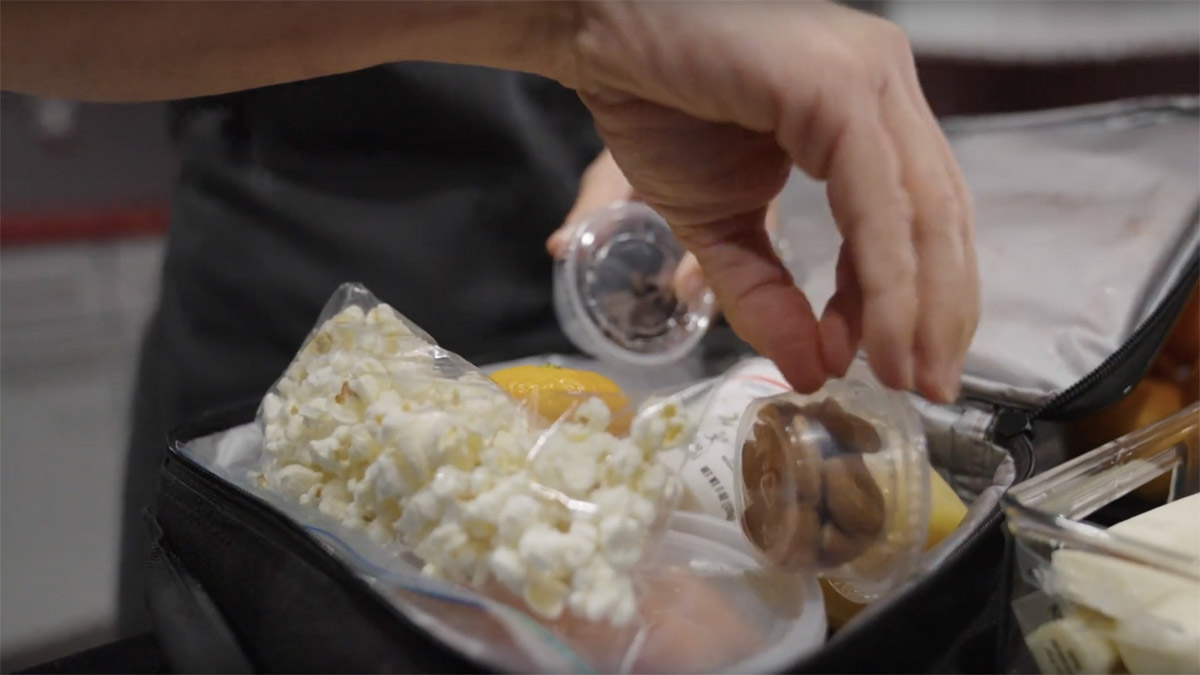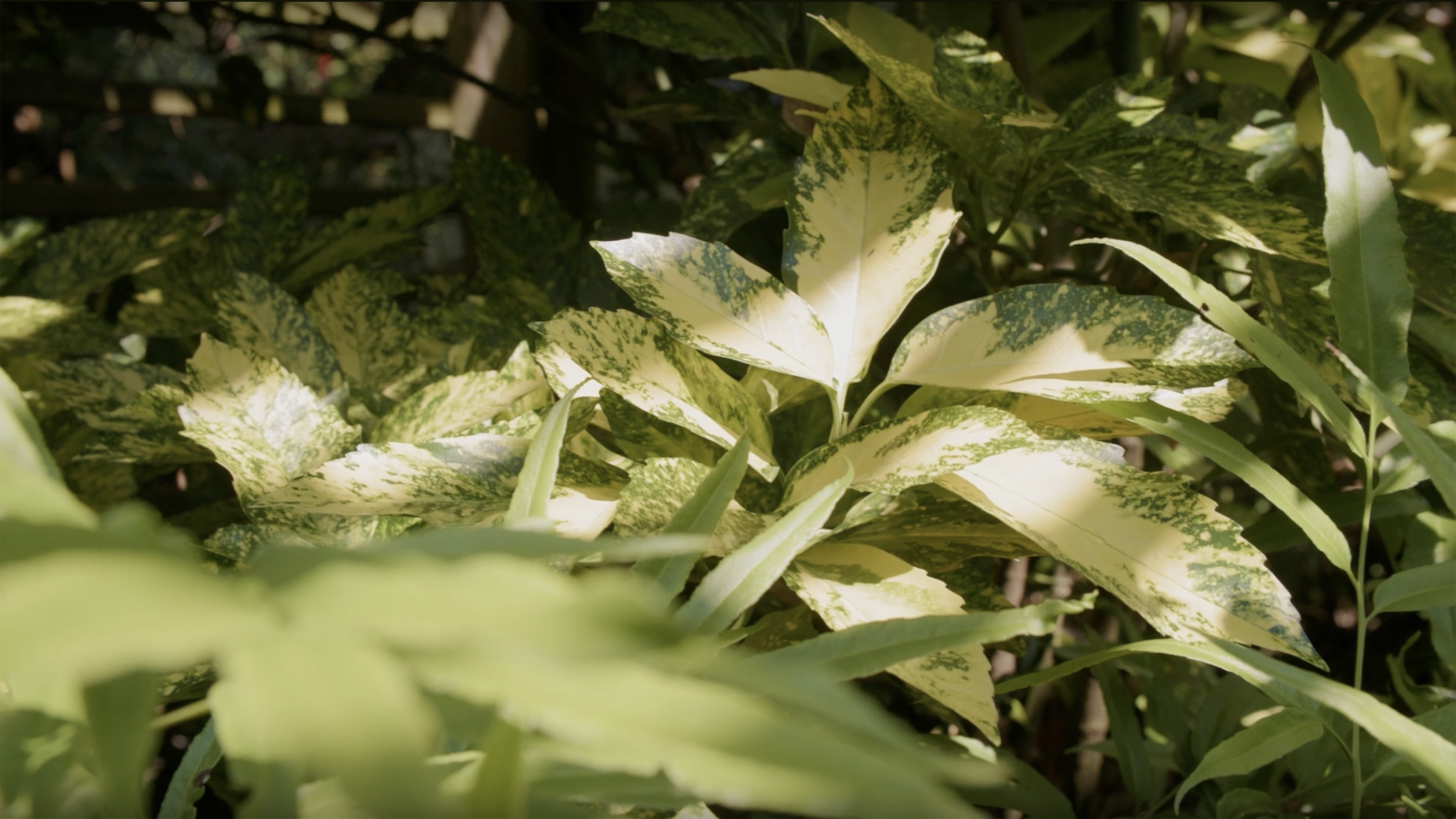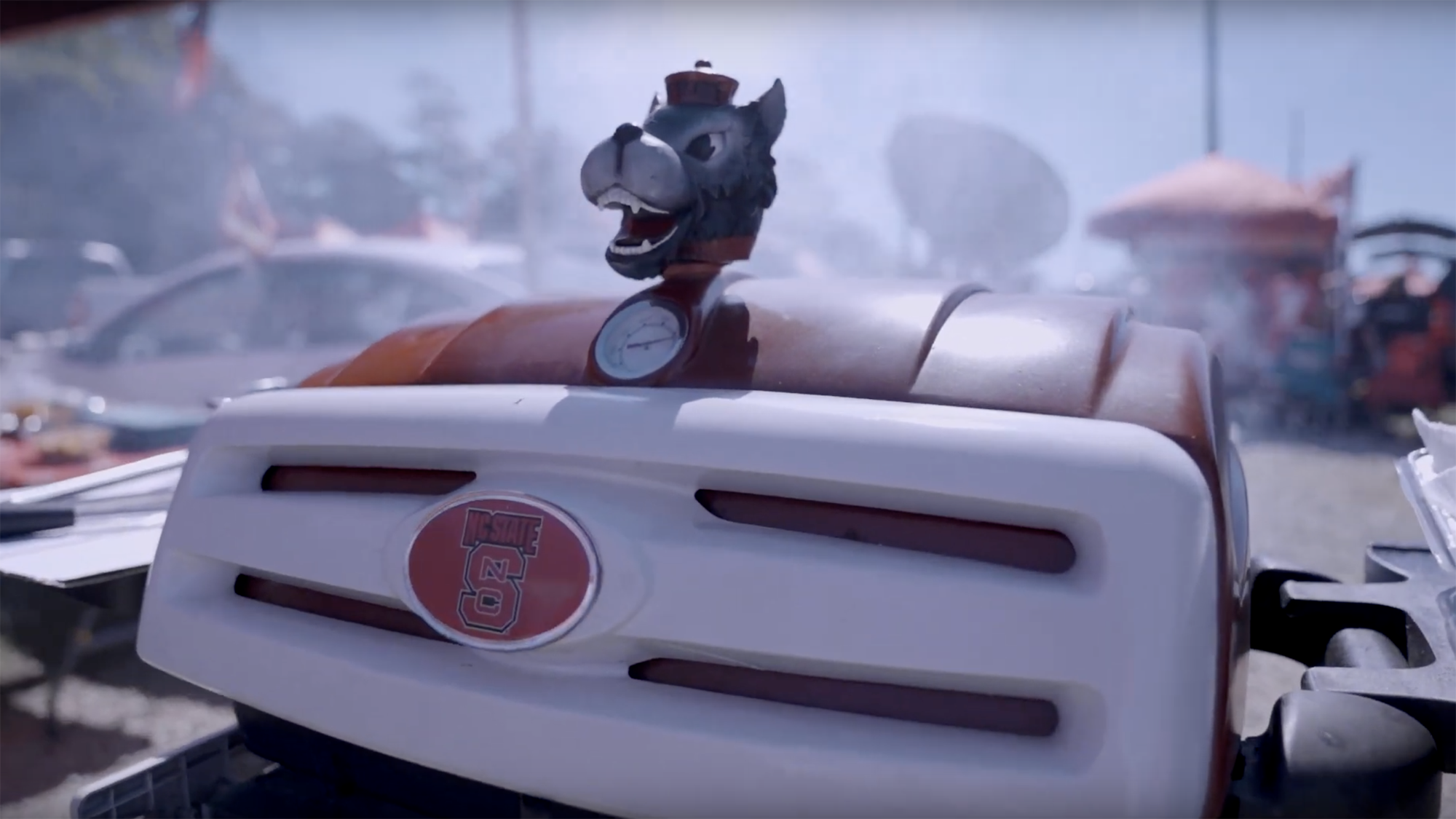Back-to-School Snacks and Lunch-Packing Hacks
It's time to think outside the (lunch) box and simplify your school snacks system
As if mornings with young children weren’t stressful enough at times, nothing cranks up the chaos like realizing you forgot to pack their lunch as you’re heading out the door. Been there, done that.
That’s why we brought in our nutrition expert, Catherine Hill, RDN, LDN, to share tips for simple, nutritious snack options, a bin system for organizing goodies, as well as lunch-packing hacks that’ll save you time (and stress). Check out our video feature on back-to-school snacks, and continue reading below for tips and tricks to make school lunches and after-school snacks a snap!
Nutritious Snack Options
When it comes to nutritious food options, all you have to do is think about MyPlate. We want to look for a balanced, well-rounded snack or lunch to keep the little ones fueled throughout the day.
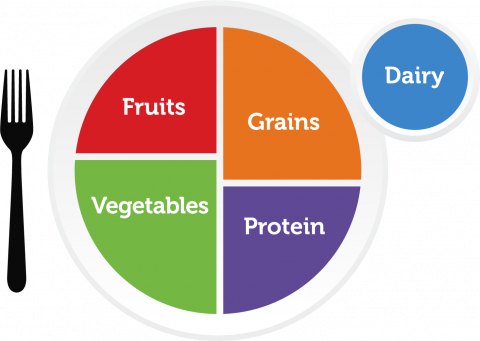
The U.S. Department of Agriculture (USDA) provides dietary guidelines for people of all ages. Explore the five main food groups and discover your own personal MyPlate Plan!
Foods for the Fridge
- Vegetables: Carrots, cucumbers, bell peppers, cherry tomatoes, snap peas, edamame
- Fruit: Fresh fruit (tangerines, berries, melon), fruit cups in 100% juice, unsweetened applesauce cups or pouches
- Protein: Hummus, boiled eggs, low-sodium deli meat
- Dairy: Cheese sticks, cheese slices, yogurt, milk cartons
Pantry Food Items
- Whole-grain starches: Whole-grain bread, wheat tortillas, wheat English muffins, popcorn, whole-wheat crackers, whole-grain cereal, rice cakes
- *Nuts or seeds: Almonds, walnuts, pistachios, pumpkin seeds, peanut butter
- Fun treats: Trail mix, dark chocolate, fruit leather
*Be sure to check if peanut butter is allowed at your child’s school. Sunflower butter is a great alternative option.
The Bin System
Now that you have the nutritious goodies and snacks lined up, it’s time to tackle the storage situation. Spending some time up front to create a system for storing and organizing your foods will save you significant time and angst down the road.
- For both the refrigerator and pantry, clear out a designated space to add whatever bins or boxes you have for snacks and lunches. These could be plastic baskets, old shoe boxes, Amazon boxes, clear bins or whatever you have handy.
- Keep the bins within reach for both you and your kids. When it’s time to pack their lunch box, have the kiddos help select what they want from the bins. This also helps you to recognize when you’re running low on something.
- TIP: When you come home from grocery shopping, take a couple extra minutes and repackage items into snack or lunch portions. The kids can help with this too. You could cut carrots while they place them into baggies, for example, or have them count out crackers for smaller containers. Helping mom or dad in the kitchen can be a fun learning activity for them!
Materials and Containers
There are many different ways to package snacks and food items for lunch boxes. Think about materials you already have on hand. Remind your kids to bring home containers that can be reused to reduce waste. Some other ideas include:
- Plastic ziplock baggies (can be washed and reused)
- Small glass Mason jars, baby food jars, condiment jars
- Reusable bags
- Food storage containers
- Thermos (for warm items such as soups)
Let’s Pack a Lunch!
This segment of Homegrown In the Kitchen was filmed in the Dinah E. Gore Teaching and Research Kitchens at NC State University. The state-of-the-art kitchen complex was designed to enhance and extend our work in teaching, research and Extension. We appreciate their support!
- Categories:
